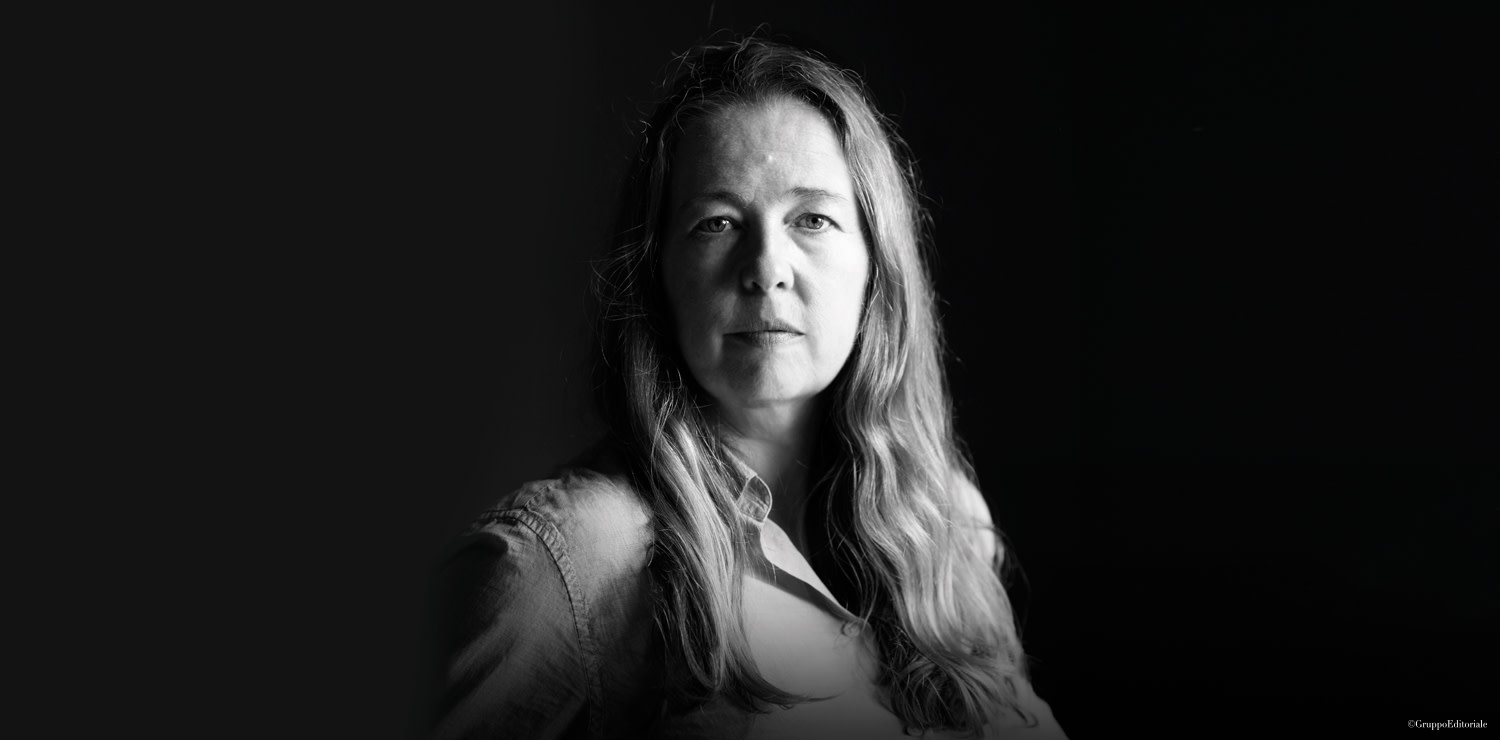Our exclusive interview with Jenny Saville
Jenny Saville discusses the two years she has spent working on these great exhibitions in Florence
We met Jenny Saville in Piazza Santa Maria Novella, a few days before the opening of her exhibitions. Meters away from the Museo Novecento, where some of her major works are on show, including the wonderful and monumental Rosetta II portrait, placed above the altar, inside the former church of the Spedale and visible from the outside through a window overlooking the square.
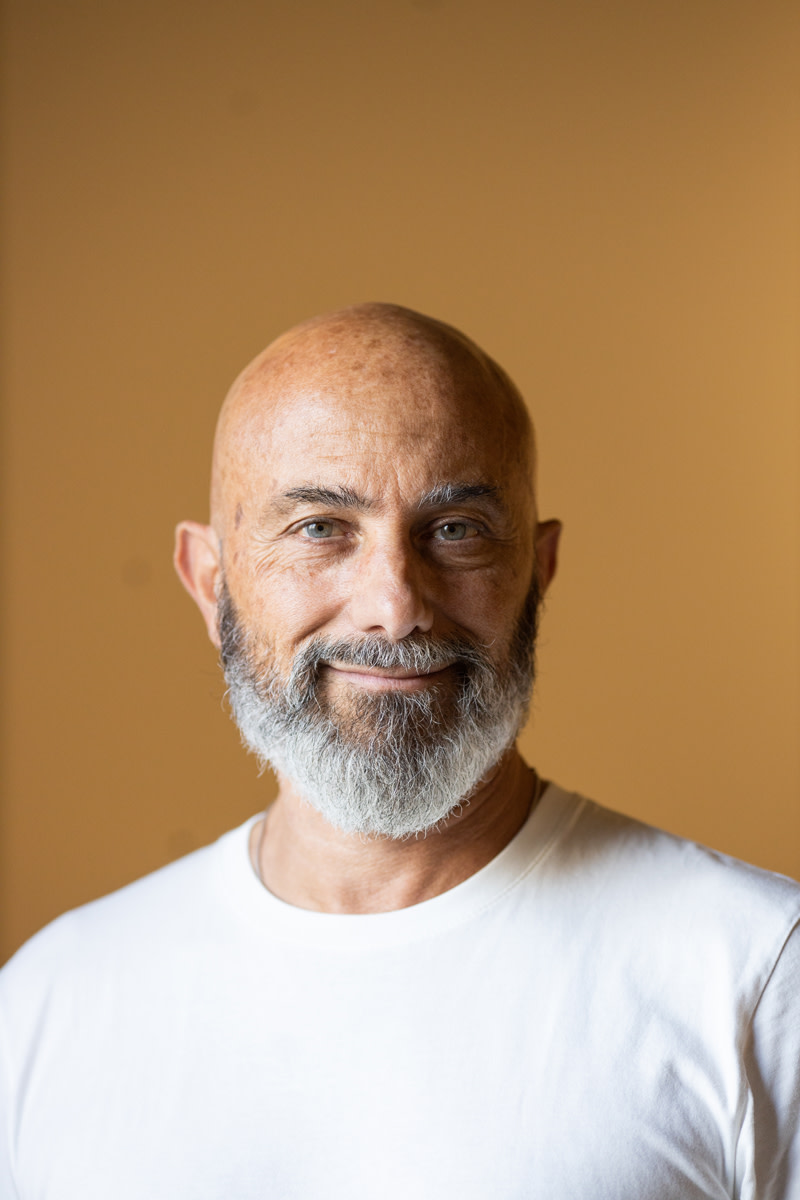 Sergio Risaliti
Sergio RisalitiThe juxtaposition with Giotto’s wooden Crucifix, suspended from the nave of the Basilica of Santa Maria Novella and clearly visible from the outside of the church when the main entrance is open, was strongly encouraged and supported by Sergio Risaliti , the Museum’s director and the exhibition’s curator. The city opened up to the artist- as she explains - and her works are in direct dialogue with the masterworks by Michelangelo in Florence housed in the Opera del Duomo Museum , Salone dei Cinquecento, Casa Buonarroti and, last but not least, the Innocenti Museum.
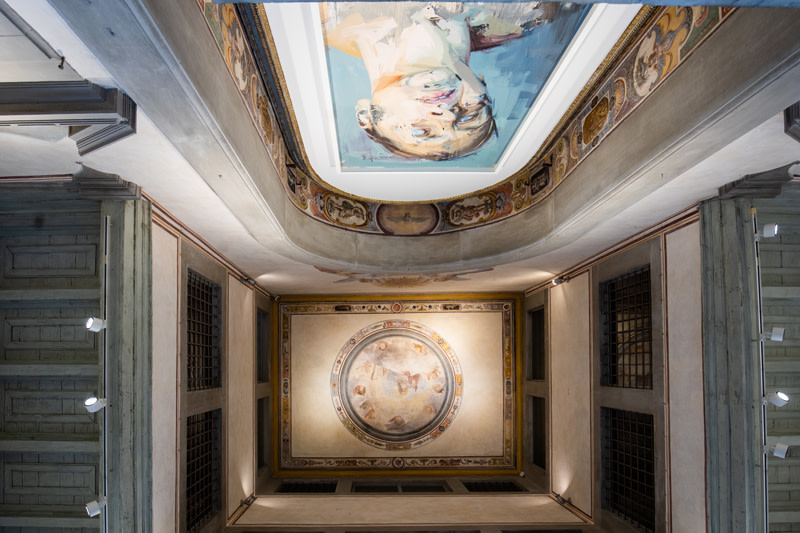 Rosetta II portrait, placed above the altar, inside the former church of the Spedale
Rosetta II portrait, placed above the altar, inside the former church of the SpedaleHow was the exhibition conceived?
It actually started in Venice. I met Sergio Risaliti and he asked me if I would like to come to Florence. Of course I did, I always want to come to Florence. Originally it was a proposal to do an exhibition at Museo Novecento, but when we were walking around the city and went to Casa Buonarotti , we looked at Michelangelo’s drawings. I knew a lot of the drawings already, so it was a magical experience for me to see those in such an intimate setting and to talk to the director and curators. I had a wonderful discussion with Cristina Acidini and I love the atmosphere at Casa Buonarotti, it’s a very special place. They proposed that maybe I would like to show some drawings, alongside a drawing or two of Michelangelo. From this moment, more and more proposals started to happen and every few months there was another museum, and the possibility to show more work and so the current project began to take shape. The most exciting challenge was to make a work in dialogue with the Bandini Pietà: for two years I worked on a piece to sit next to the Pieta in the Opera Del Duomo. Michelangelo intimidated me, excited me… I have learned a lot. It was a very intense project, the project of my life as an artist.
Your work has been described as “contemporary humanism”, because it places the present at the center by using a universal language. Do you agree with this definition?
I’ve never heard that term used about my work before, but it’s an interesting idea. I paint the body, the contemporary body which obviously sits in relationship with all the bodies that have existed in art before. I’m suspicious of saying ‘I am this or that’. Art is my language, it holds the possibilities of contradictions, beyond or between the spoken word.
You focus on the face, but also on the body in all its realism: fleshy nudes that hit you like a punch to the gut. What intrigues you about the human body that escapes the more conventional aesthetic canons?
I work on what visually fascinates me: if it visually fascinates me, there must be some truth in that. This often involves “unveiling”. It’s unfashionable to speak about truth, but there is something in my work about seeking universal truths. That’s why I think the relationship with Michelangelo is strong, because that’s what he does. If you want to be good, you have to work at it all your life. The subject of the human body, it’s more than enough for a lifetime.
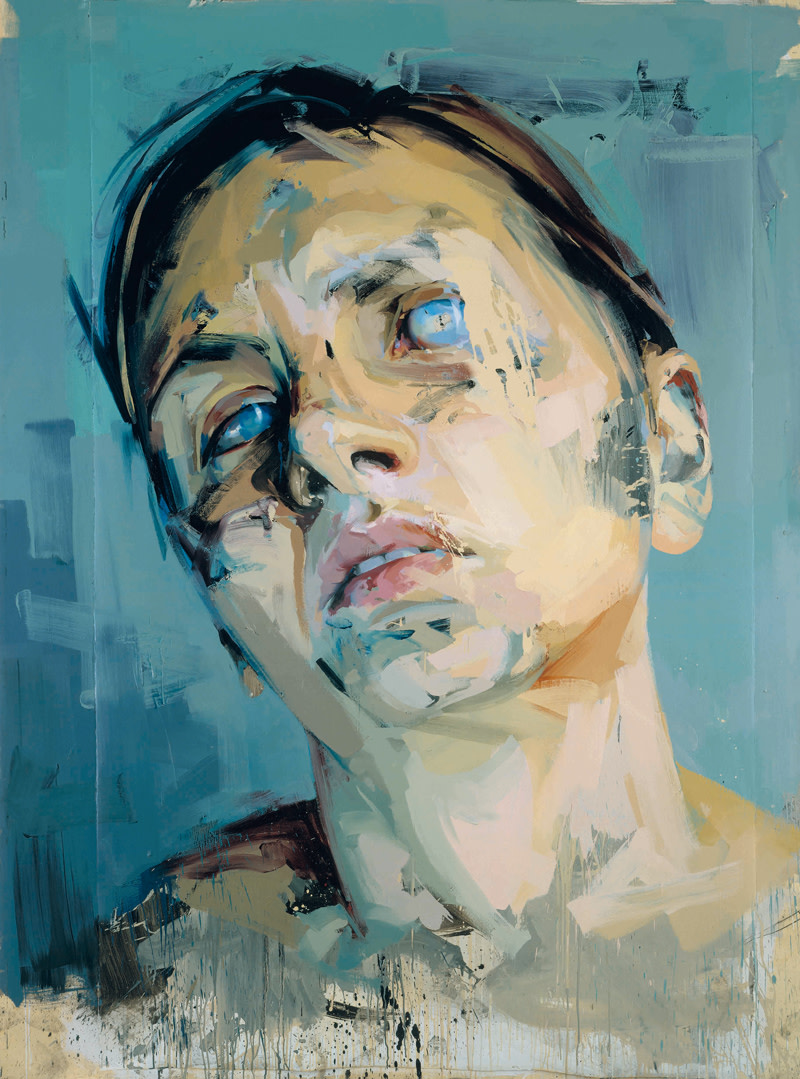 Rosetta II, 2005 - 2006
Rosetta II, 2005 - 2006When and why did you choose to be an artist?
I didn’t choose to be an artist, I have always been an artist. When I was about eight years old, my mother cleared out a closet: that was my first studio.
Can this focus on women be called feminism?
I don’t like prejudice against anyone. The more diverse our voices, the richer and more interesting our culture will be.
What great contemporary artists had an influence on you?
Through my life I’ve had personal relationships with some great artists. Cy Twombly was a big influence on me early in my career. When I worked in Sicily, he was working in Gaeta. He gave me a sort of legitimacy and guided me about not necessarily having to work in an art center, like New York. The priority was to be able to concentrate on my work. Cindy Sherman’s work was also influential; and Richter and Richard Serra. I’ve also had a lot of important relationships with art historians, like David Sylvester, who wrote on Bacon and Giacometti . Also with the Picasso scholar John Richardson. Not only contemporary artists. De Kooning, Picasso, Bacon, and old masters - Velasquez, Michelangelo, Caravaggio, Degas - they are always around me.
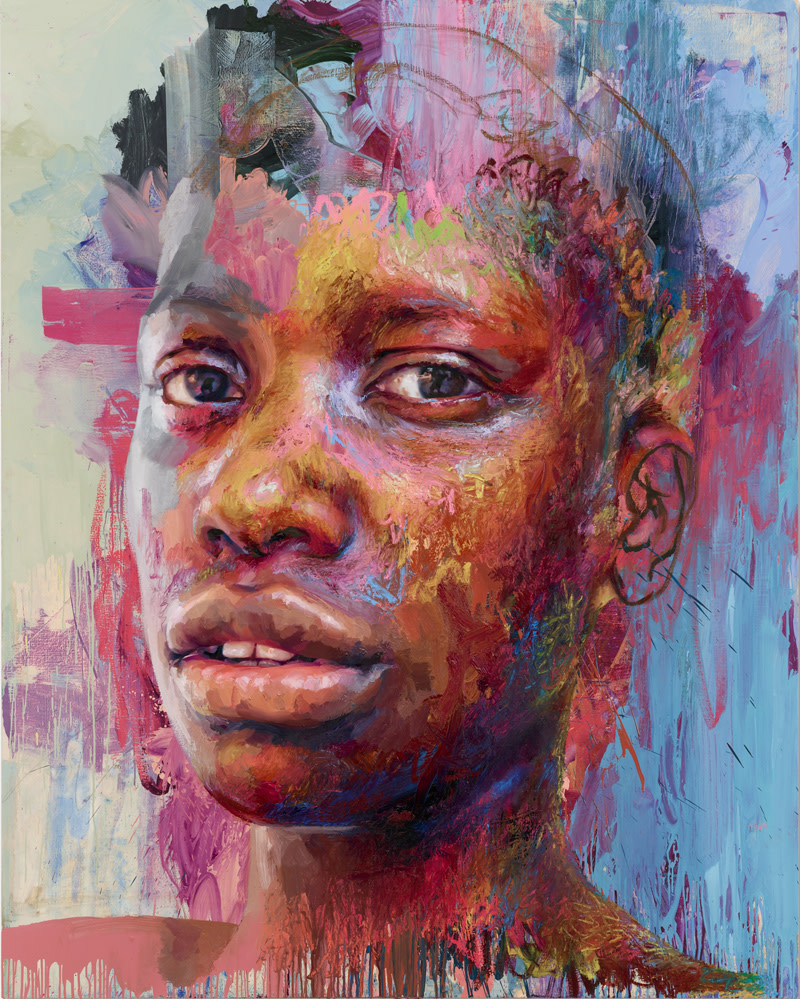 Chasah, 2020
Chasah, 2020What is your vision of Michelangelo?
I thought Michelangelo was a Genius before I did this project, but now my admiration for him is a lot deeper. For instance, the Pieta sculpture: every angle, every fold of cloth, every turn of a wrist was used to create emotional depth, without sentimentality. It is a difficult road to walk, to condense humanity without it becoming a cliché. That’s what I’ve learned from what he did.
You picked some of Michelangelo’s lesser-known works and places. May we describe it as an intimate dialogue?
Reproductions of his unfinished prisoners are next to my bed, I wake up with books of Michelangelo around me. For the last two years, I have lived with Michelangelo. Before, Michelangelo was looking over my shoulder, now he is under my skin.
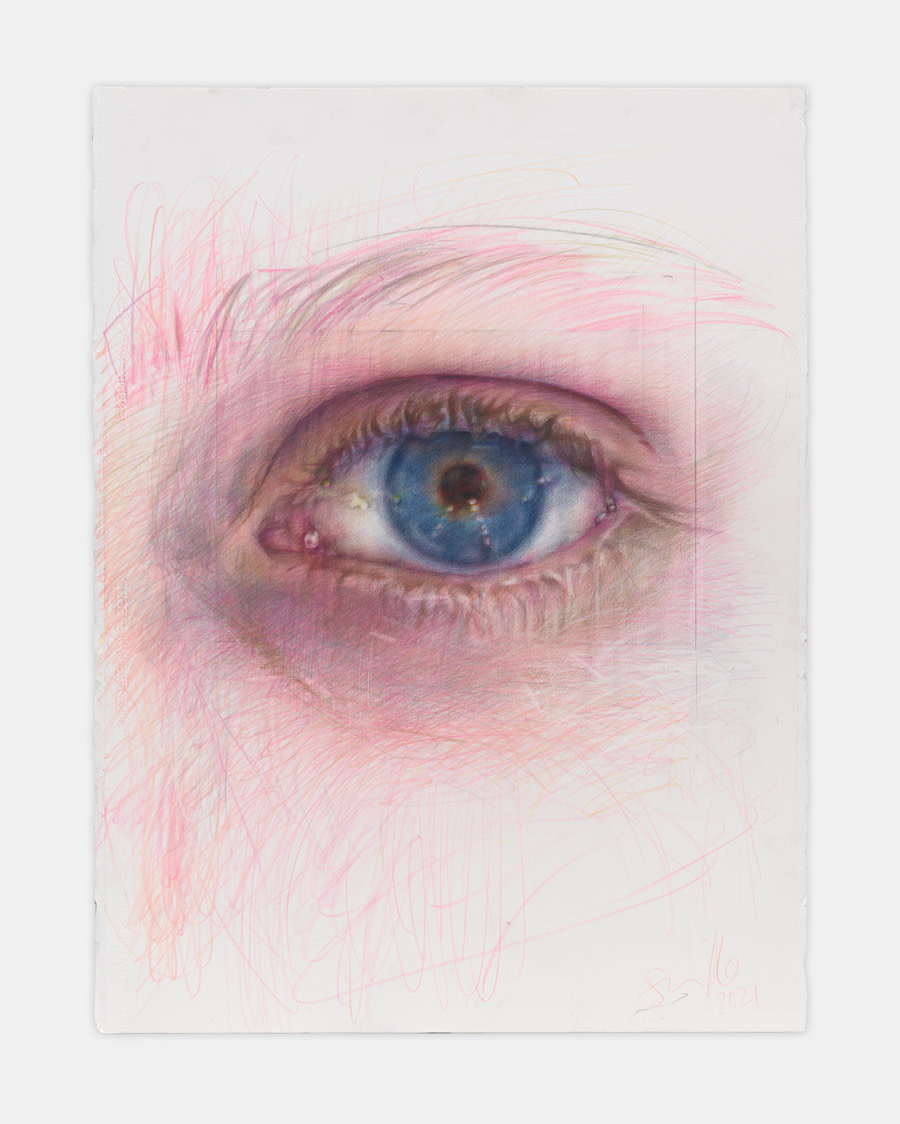 Study for the Eyes of Argus, 2021
Study for the Eyes of Argus, 2021What do you love about Florence?
You have some of the greatest art that has ever been made in human history, and all in the city appreciate that art. There has been such an open attitude and enthusiasm by the museum directors for me to do this project and, as an artist, this is a dream.
What work by Michelangelo in Florence touched you the most?
The non-finito of the prisoners, where the metamorphosis of marble to body is experienced simultaneously. I have used this as a model to make paintings between abstraction and figuration. I like all of the Pietas, the one in Rome, Florence and Milan. Then the crucifixion drawings where his lines show a vibration between life and death. There is no work by Michelangelo that I don’t like, his work has influenced me differently in various times of my life.






